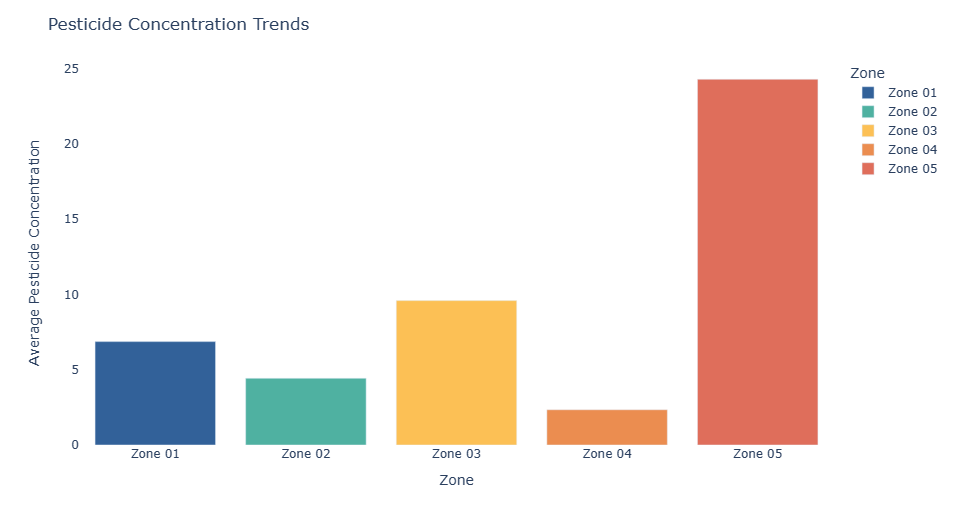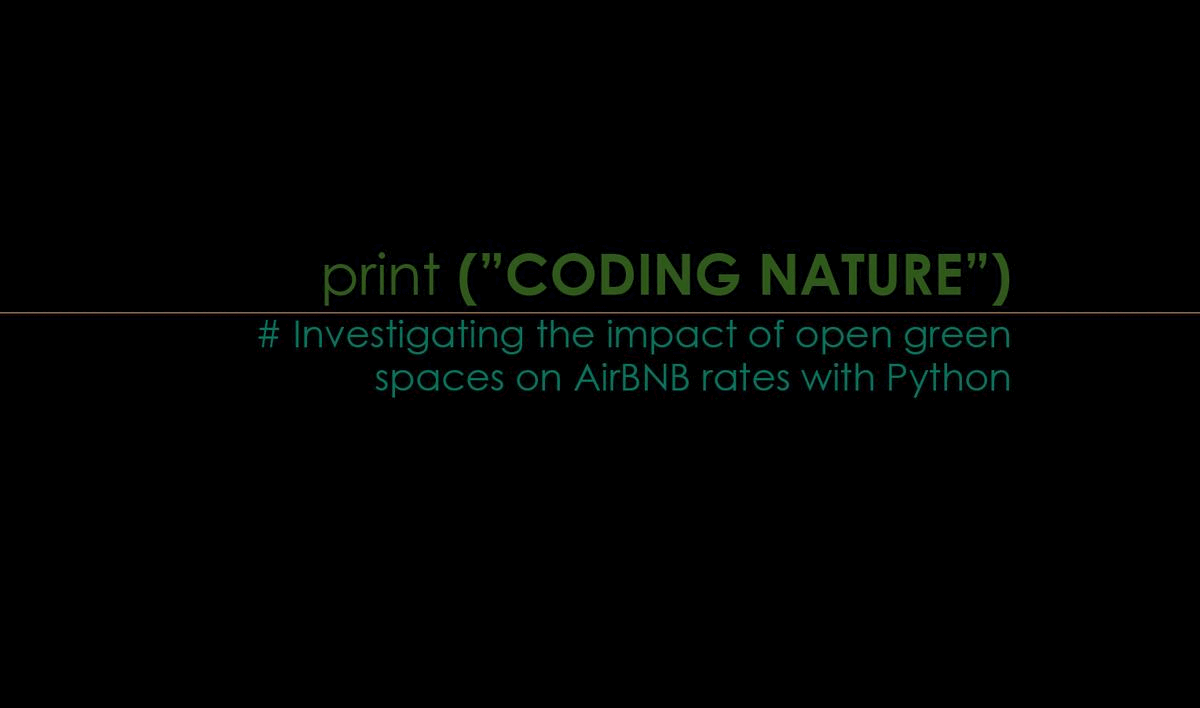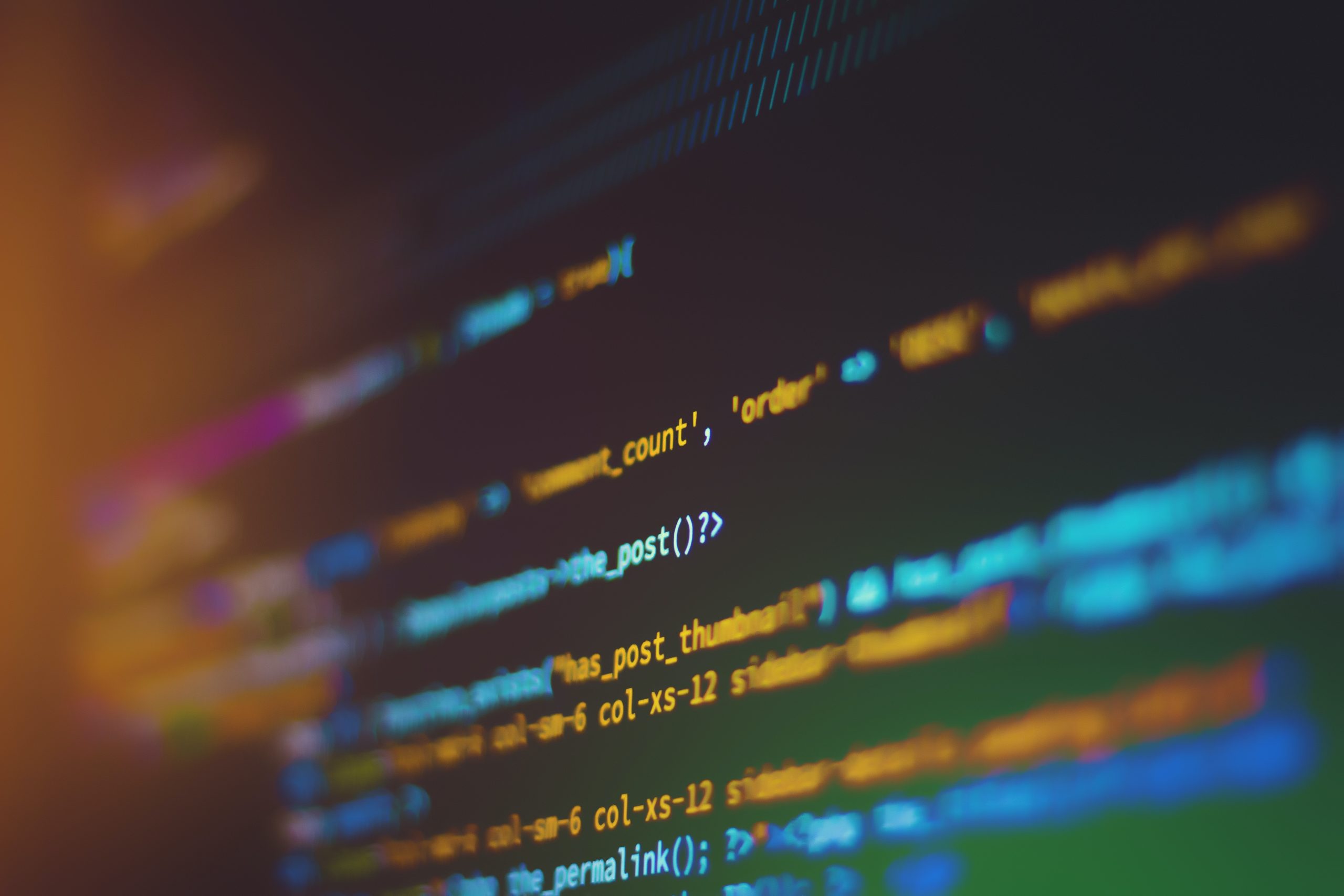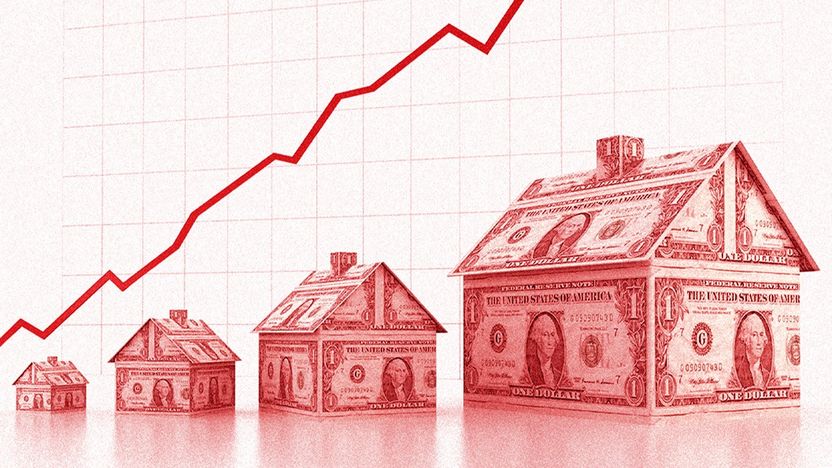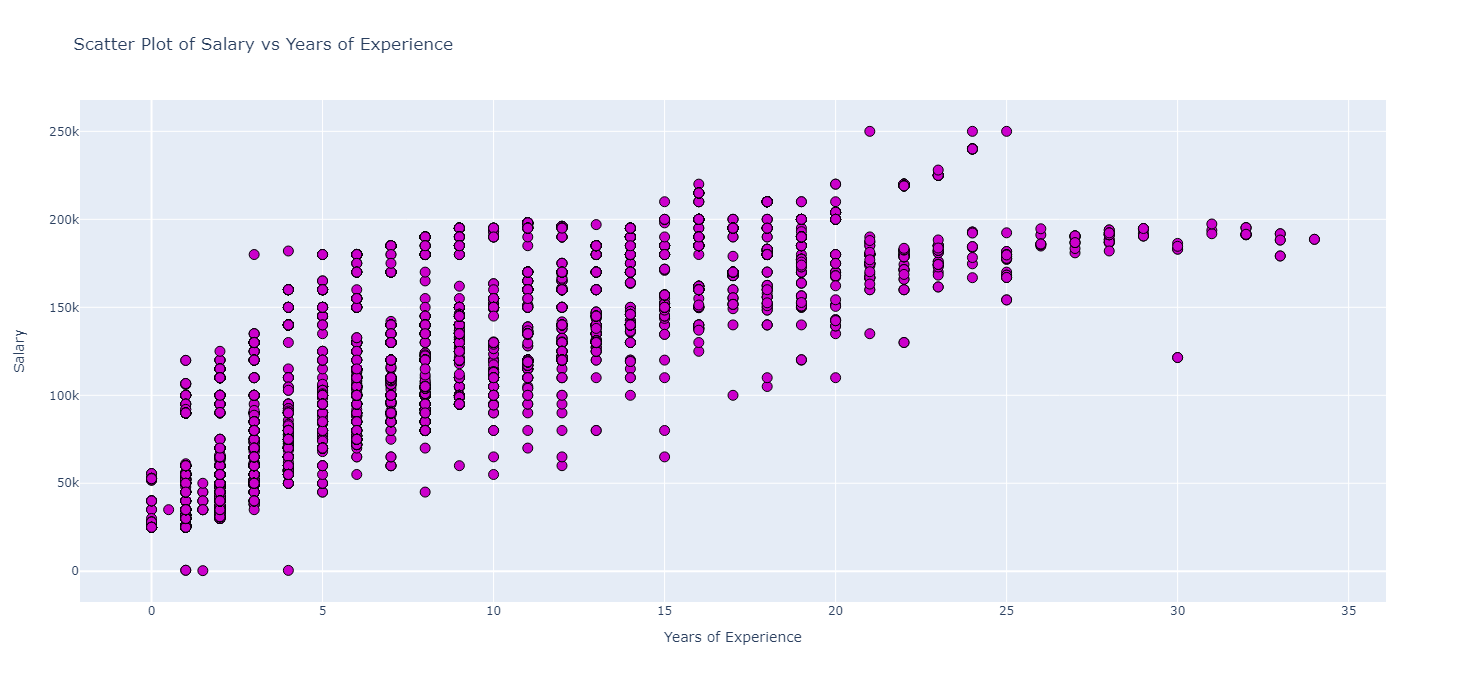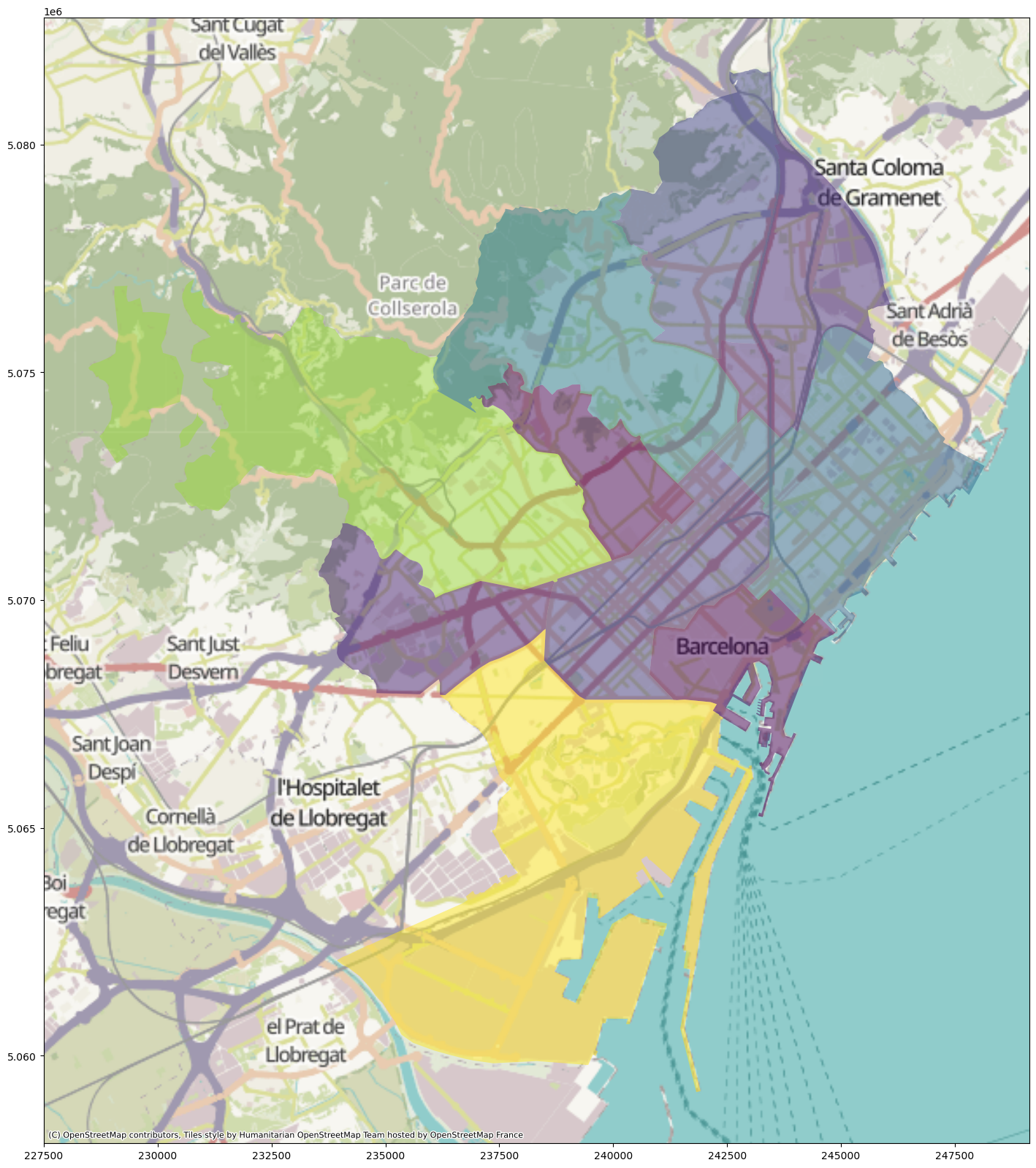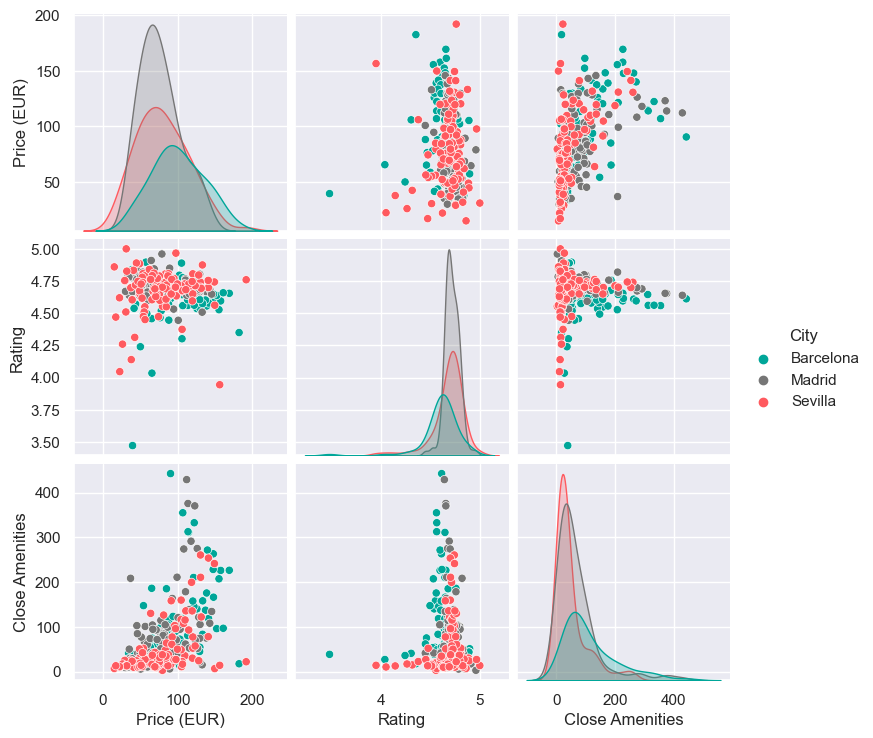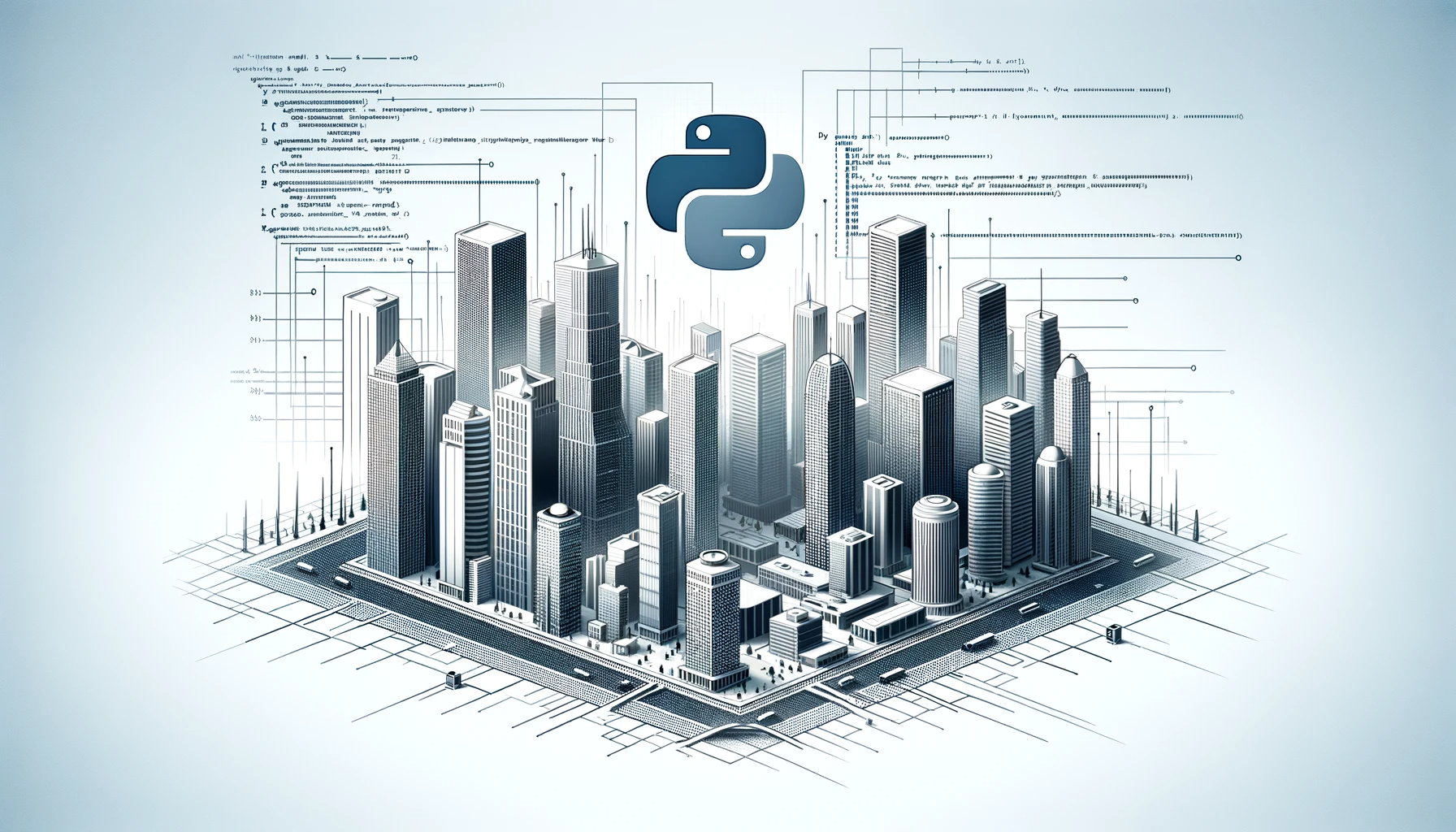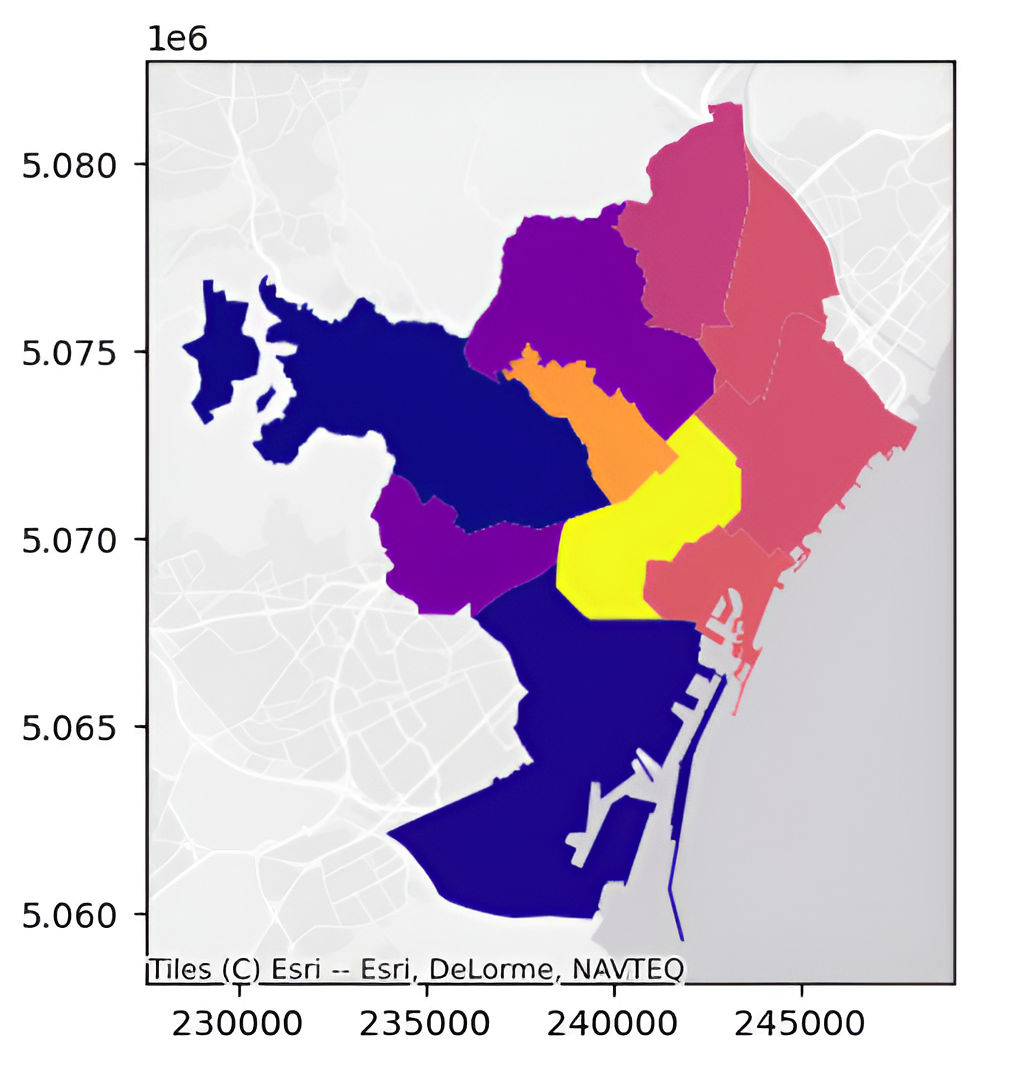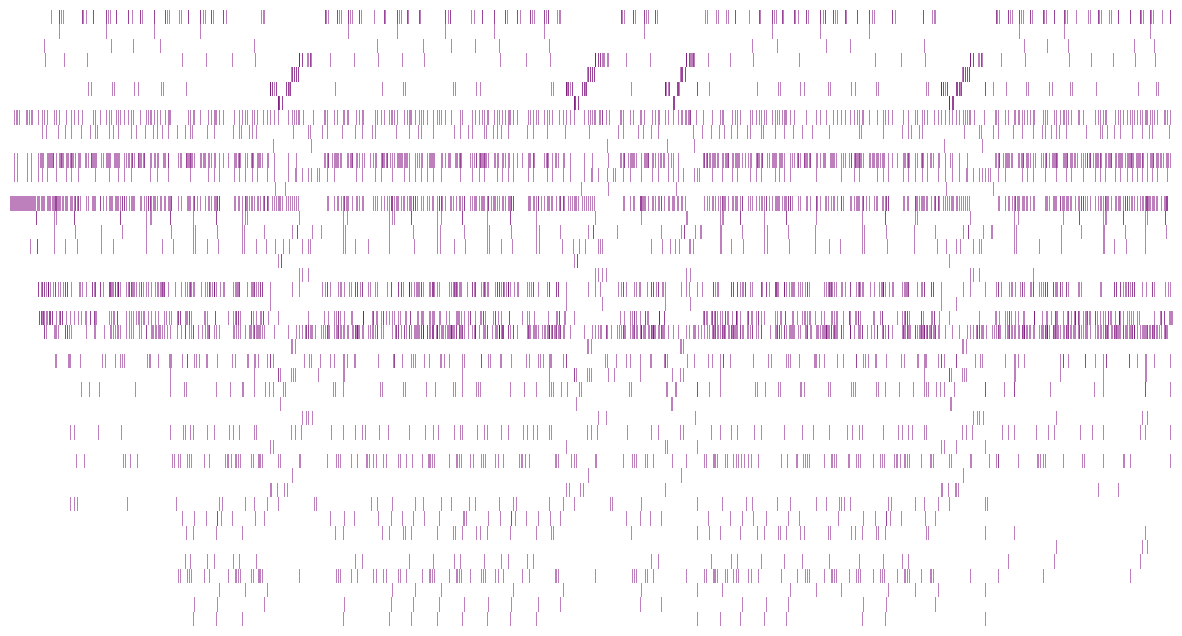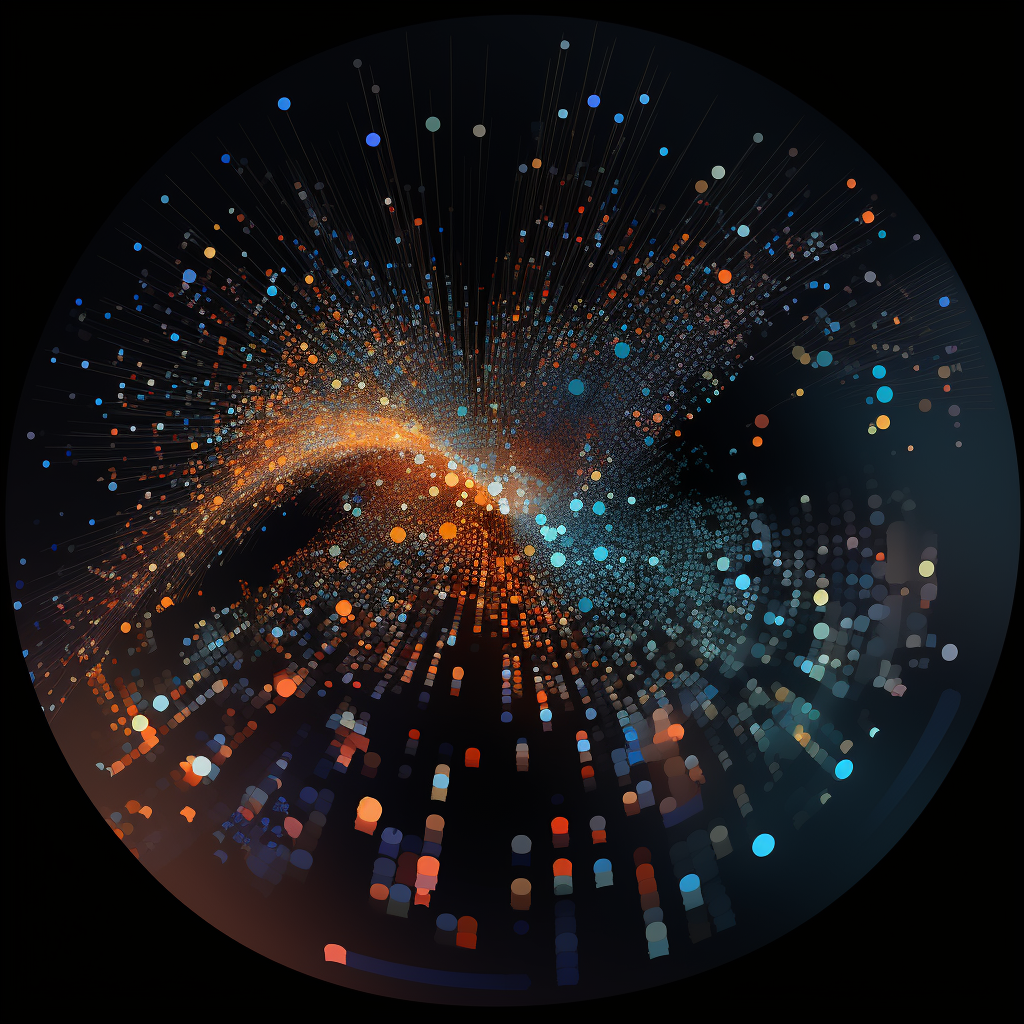
photo credits: https://abracd.org/
Description
From government surveys to mobile apps, from smart devices to social networks, data has been around us for all human history and its generation has skyrocketed in the past 15 years making it a vital aspect of our daily life when we are monitoring our health, we are choosing our clothes, our food, our entertainment, our representatives, our partners, our routine. There is almost not a single industry that is not using it constantly nowadays.
With this in perspective learning how to deal with data is not a matter of choice anymore.
The Digital Tools I course aims to introduce some key aspects of the vast world of data science and how to use them in our main objective in MaCT: understanding and designing cities.
To do that we will learn some of the various types of data sources and how to deal with them, how to analyse a data set, manipulate it, visualize it and extract useful information from it using one of the most used programming languages at the moment: Python.
By the end of this course, the students will be able to enrich their projects with comprehensive data analysis and transform data into knowledge and new insights.
Learning Objectives
At course completion the student will:
- Understand the basic concepts of programming, being able to read, write, understand and apply Python codes in daily tasks;
- Understand basic concepts of data analysis, data mining, data manipulation and visualization;
- Understand and recognize various types of data and data sources and be able to use them as a key source for academic daily life;
- Get used to the most common Python tools for data science such as Jupyter, Pandas, Numpy, Plotly, Leaflet and others;



